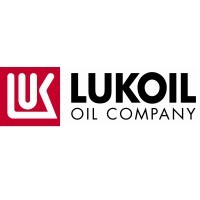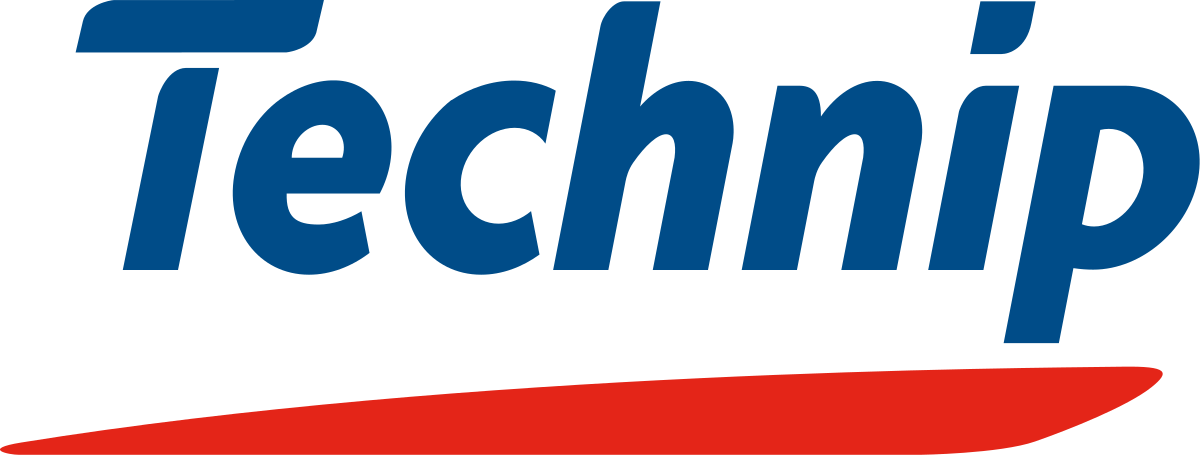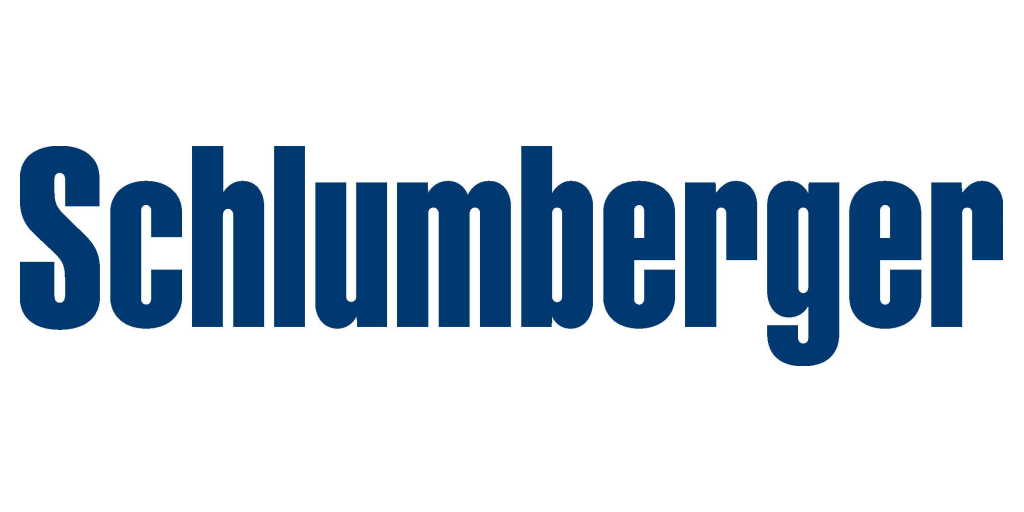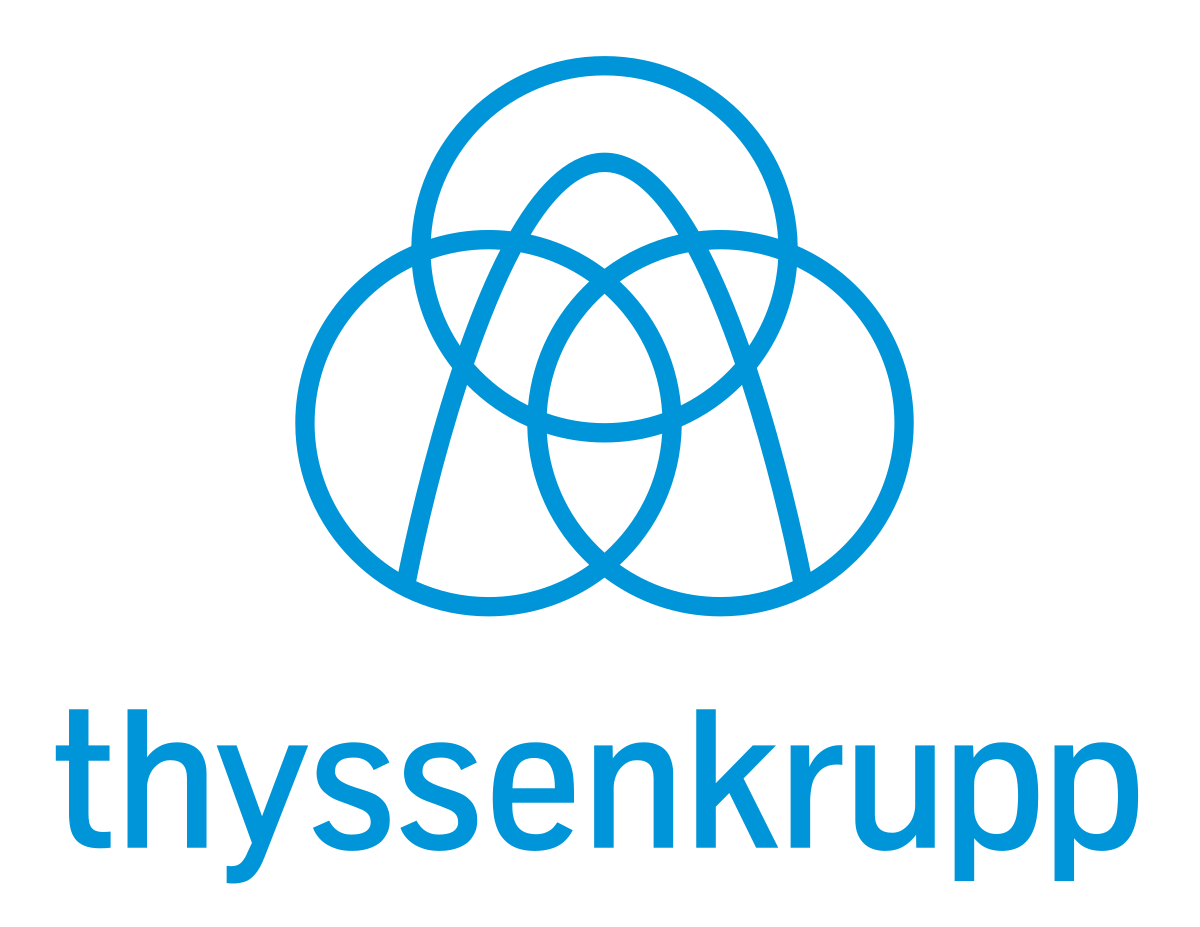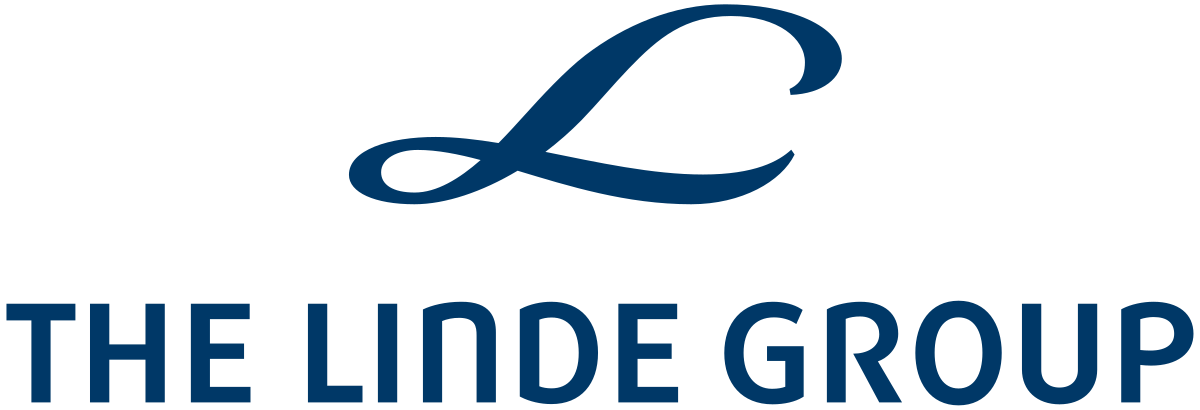Technical regulation of the Eurasian Customs Union (TR CU) 022/2011 is a list of mandatory requirements to ensure safety of food products in terms of their labelling, which ensures the unimpeded movement of goods in circulation across the borders of the EACU member countries. The document was created in order to protect people, the ecosystem and prevent misleading consumers.
WHAT DOES TR CU 022/2011 COVER?
The technical regulations cover the labelling of food products released into circulation within the EACU in order to ensure the implementation of consumer rights to truthful information.
The technical regulations do not cover food products made by catering companies within the framework of services provided within production, as well as manufactured in subsidiary plots for personal use.
EAC MARKING
Formed by Russia, Kazakhstan and Belarus, the Eurasian Economic Union has always been aimed at uniformity and harmonization of customs legislation with technical regulation standards. EAC Marking is a single sign of circulation “EAC”, adopted on the territory of the EAEU to designate products that have confirmed their compliance with the requirements of technical regulations.
SEPARATE REGULATION FOR LABELLING?
The marking is not limited to the mark and implies a lot of other information that must be conveyed to the buyer. The series of mandatory requirements varies from regulation to regulation. Designed for a specific product – some of them may be limited to an insert card; others require embedded labels, which is explained by the degree of danger of inaccurate information.
TR CU 022/2011 REQUIREMENTS FOR MARKING FOOD
The technical regulations determine the terms and rules for labeling packaged products, which, in addition to the name, composition, quantity, date of manufacture and expiration date, must reflect:
- Storage conditions provided by the manufacturer or technical regulations for certain types of products that change quality after opening the package, indicating the subsequent storage rules
- Name or personal data and location of the manufacturer (GLN), individual entrepreneur or authorized person who manufactured the product
- Recommendations or restrictions, the absence of which complicates the use of the product, reduces taste or harms the health of the consumer
- Nutritional value of the product
- Information on the use of genetically modified organisms (GMOs)
- Single marking of circulation “EAC”
Revealing the discrepancy in the marking means the EAC Declaration of Conformity is recognized as illegal, which threatens with penalties in the amount established by the Code of Administrative Offenses of the Russian Federation.

